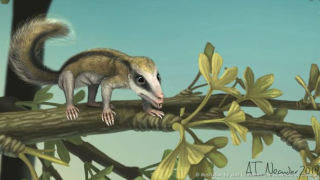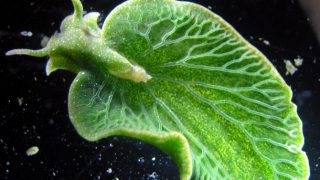
Economics and the ethics of carbon emissions
In his book Climate Matters , John Broome (2012) examines climate change from the point of view of moral philosophy. Unlike many other essays that consider the ethics of social choice in this matter, Broome’s book contains some chapters that focus on the implications for individual ethics: “ Should you stop flying to distant places […]








